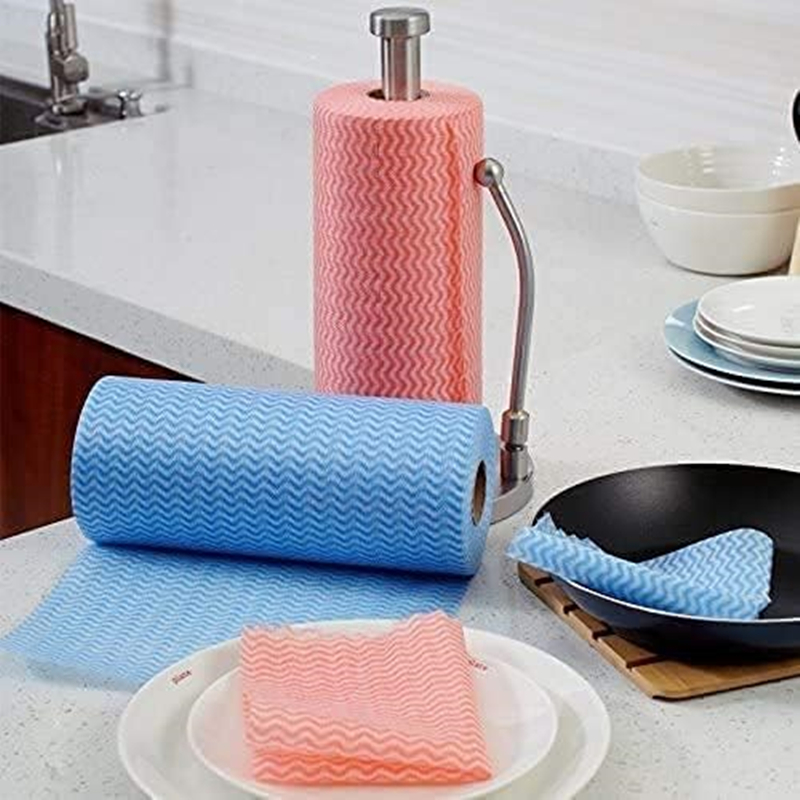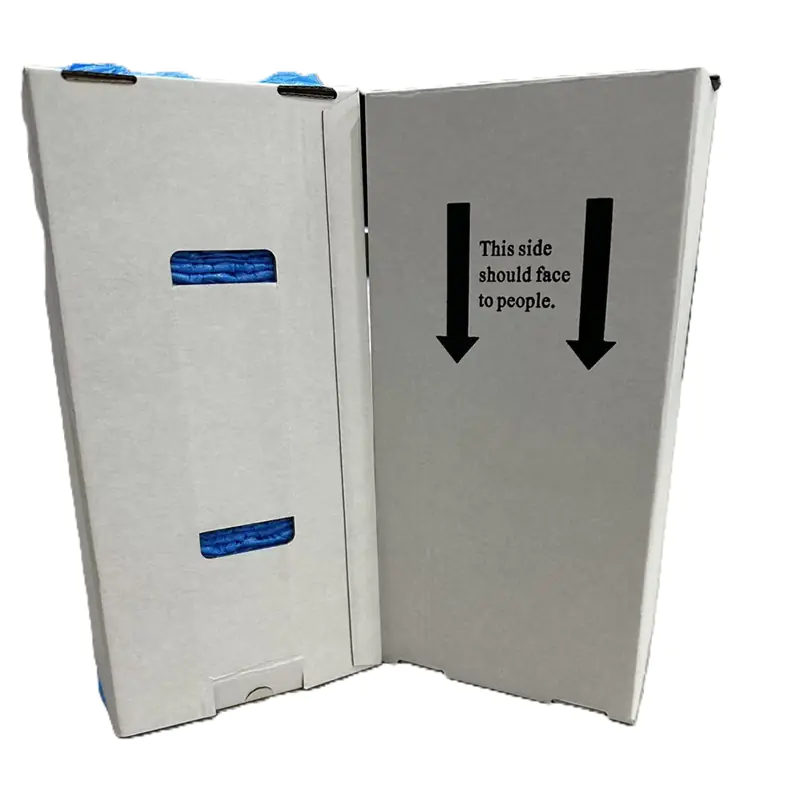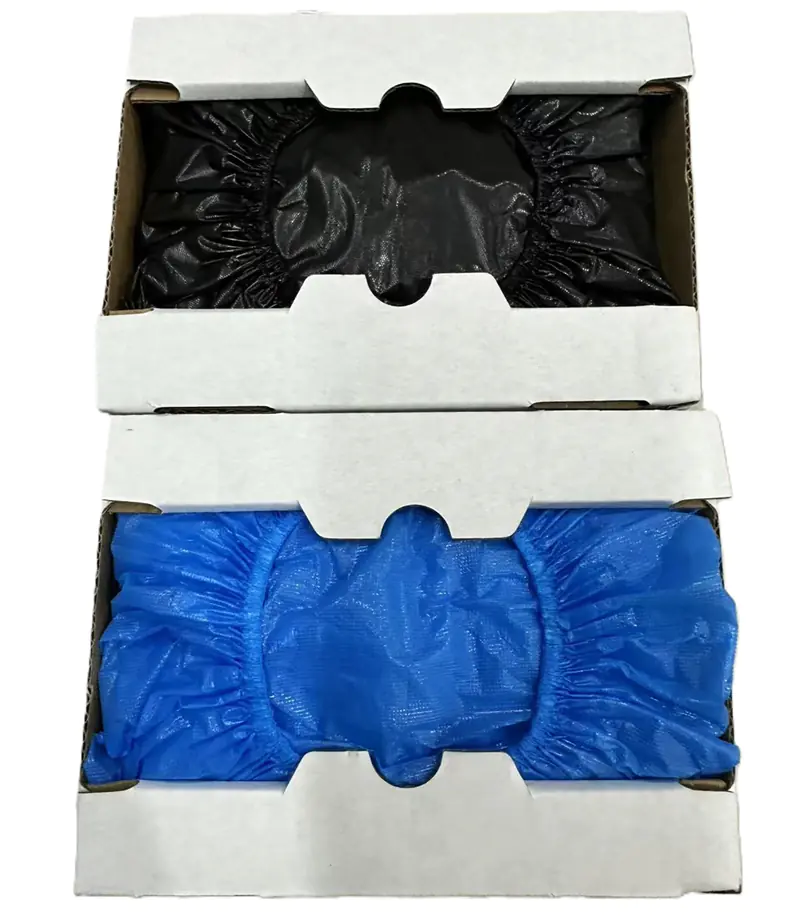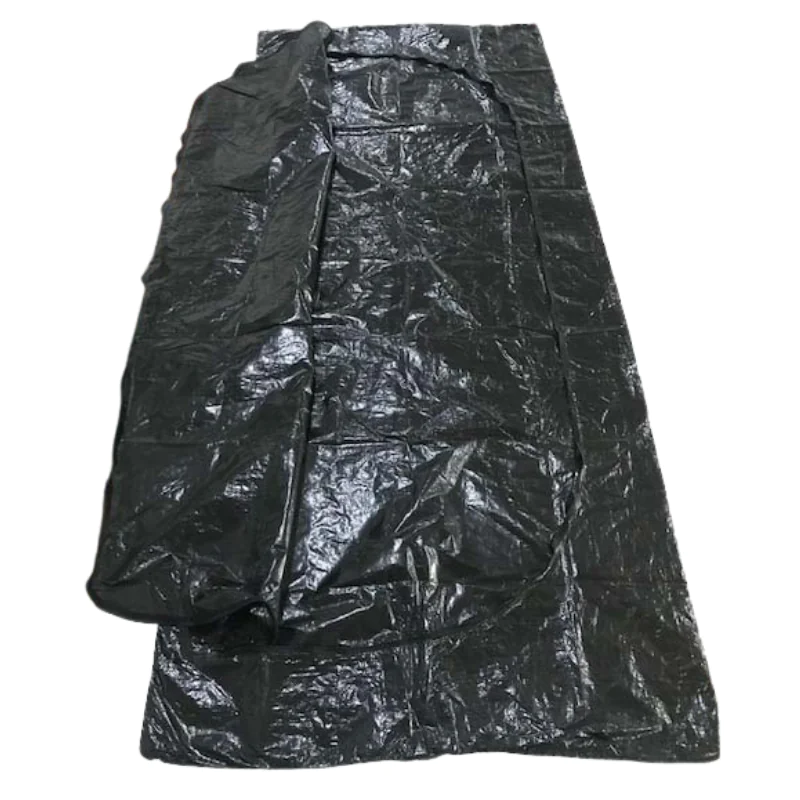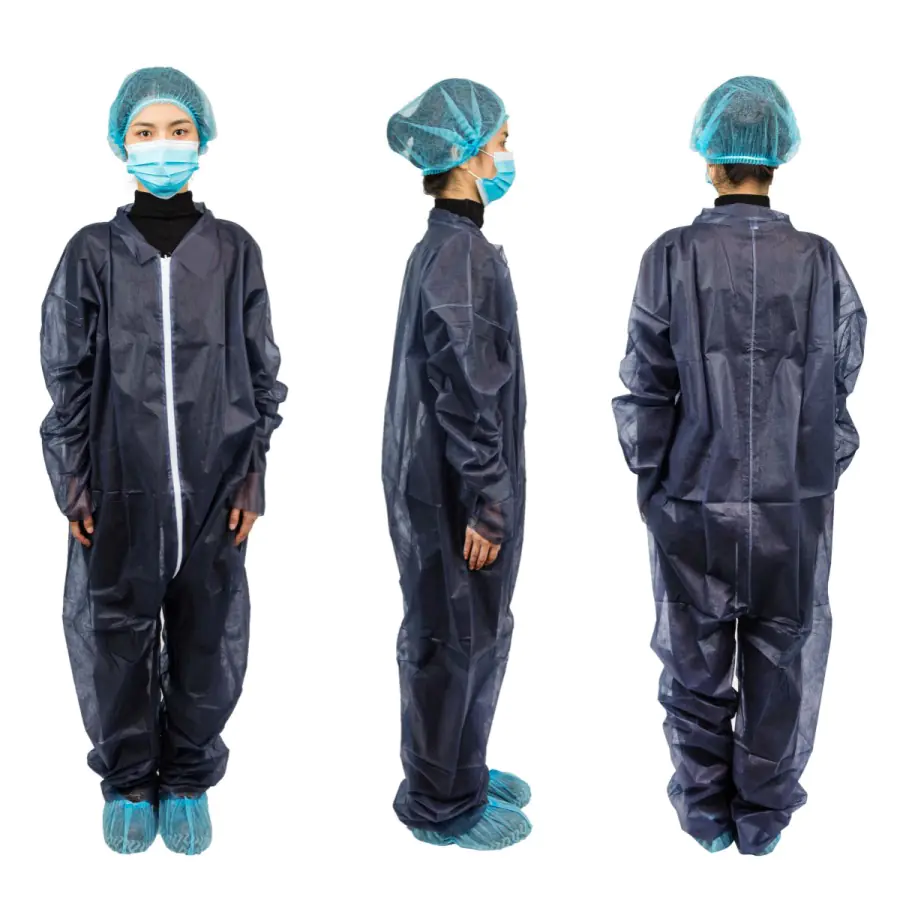In the kitchen, messes happen! Spills need wiping. Counters need cleaning. What do you use? Many people use things they can throw away after one use. Two common choices are disposable kitchen paper and the disposable kitchen towel. They might seem the same, but they have differences. Knowing these helps you pick the best one for your kitchen cleaning jobs.
These items are great household cleaning tools. They offer hygienic cleaning solutions because you toss the germs away with the used sheet. They are single-use cleaning products that make life easier. Let’s look at the material differences and more.
What Are They Made Of?
- Disposable Kitchen Paper: This is what most people call paper towels. It is usually made from wood pulp, which comes from trees. These are paper-based wipes. They are often thin.
- Disposable Kitchen Towel: These can be different. Some are like stronger paper. Others are made from nonwoven fabric. This fabric is made by pressing tiny threads together, not weaving them like cloth. These feel more like a fabric cloth. You can find products like non woven disposable cleaning wipes roll made this way.
Soaking Up Spills
- Disposable Kitchen Paper: Good for small spills. It soaks up water okay. But sometimes you need many sheets for a big mess.
- Disposable Kitchen Towel: These are often better at soaking up liquids. This is a key point in an absorbency comparison. The nonwoven types, like an absorbent disposable kitchen towel roll, can hold more liquid. This makes them good for bigger spill cleanup methods.
How Strong Are They?
- Disposable Kitchen Paper: Can rip easily, especially when wet. It does not have great wet strength properties.
- Disposable Kitchen Towel: Usually much stronger. They pass a strength and durability test better than paper. Nonwoven towels hold together even when soaked. They are good for scrubbing tough spots during kitchen surface wiping. Some are even strong enough to be rinsed and used again a little bit, like some types of disposable dish towels reusable kitchen towels roll.
Cleaning Without Fuzz
- Disposable Kitchen Paper: Can sometimes leave tiny bits of paper behind. This is called lint.
- Disposable Kitchen Towel: Many nonwoven fabric wipes are lint-free cleaning cloths. This is great for cleaning glass or shiny things where you do not want fuzz left behind.
Using Them in the Kitchen
Both are quick cleanup aids. They help keep good kitchen hygiene standards. This is very important for food preparation hygiene and food service sanitation. Using a fresh sheet helps stop the spread of germs. You can use them as disposable dish wipes cleaning cloth for kitchen, though towels might work better for scrubbing pots.
Cost and Being Kind to Earth
- Cost: Disposable kitchen paper usually costs less per sheet than a nonwoven disposable kitchen towel. A cost-effectiveness analysis depends on how many sheets you use. If you use fewer strong towels than weak paper sheets, the cost might be close.
- Earth: This is part of the disposable vs reusable debate. Using things once makes trash. Look for eco-friendly cleaning options. Some paper towels are made from recyclable cleaning materials. Some special biodegradable kitchen wipes might exist, often made from plant stuff. Recycled paper towels are common. Some nonwoven towels might also use recycled stuff or plant fibers.
Which One Is Better?
It depends on the job!
- Choose Disposable Kitchen Paper for:
- Small, quick cleanups.
- Wiping dry hands.
- Lower cost per sheet.
- Choose Disposable Kitchen Towel (especially nonwoven) for:
- Big spills (better absorbency).
- Scrubbing (better strength and durability).
- Cleaning glass or shiny things (often lint-free).
- Jobs where you might need to rinse and wipe again (like reusable disposable rags absorbent dish rag types).
Both paper and towels offer disposable cleaning convenience. Knowing the differences helps you pick the right helper for your kitchen cleaning needs!

